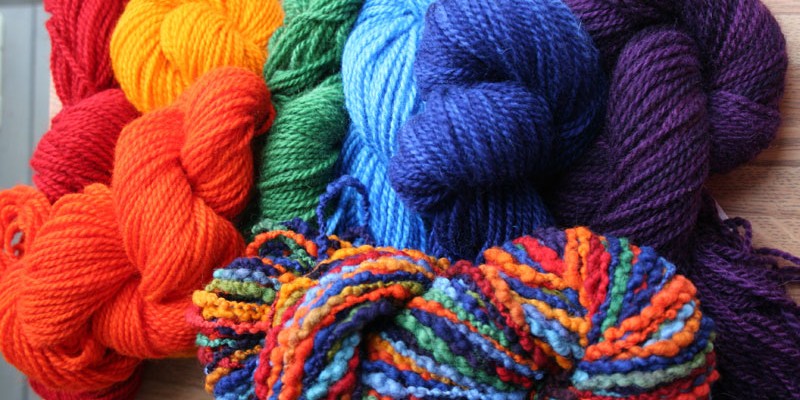 |
| saffsite.org |
I recently attended the Southeastern Animal Fiber Festival (SAFF) in Fletcher, NC, near Asheville (I'm always looking for a reason to head to the mountains). It was a great event and I learned a lot while I was there. I attended two workshops at the festival that were very helpful. One was a Parasite Management class that certified me to use the FAMACHA method of parasite control. The other was a pasture management class. I also walked around the displays and was amazed at all the different vendors and their products; everything from
Alpaca to Yak fiber and every sort of device ever conceived of to process it.
FAMACHA Parasite Control Class - This was absolutely the most useful class I have been to in a while. The premise of FAMACHA is understanding that parasites exist and we will never get rid of them. Instead, we manage them and work to prevent their resistance to various wormers by not over-treating the herd. Instead, we should evaluate each animal and treat the ones that need it. FAMACHA provides a method of evaluating the animals to see which ones need treatment. This method reduces the parasite drug resistance in the herd.
The basis of the FAMACHA method of parasite control is this; Intestinal worms have a short life-cycle. When we treat an animal with de-wormers, we develop drug resistant worms. These resistant worms of the treated animals will, over time, mix with the non-resistant worms of the non-treated animals and the drug resistance will be bred out of them.
I definitely recommend becoming FAMACHA certified. You need to attend a class to get the certification and the evaluating chart. The key to success in using this method is keeping good records and conducting regular assessments of the herd.
In addition to FAMACHA, the instructor gave the class a great run-down on the various classes of wormers available and how to use them. Here are a few key notes that I took away from the class:
1. Learn to do fecals. There are two types. Qualitative (presence of worms) and Quantitaive (how many worms).
2. Rotate your pastures if possible. Juvenile parasites stay on the bottom 1-2 inches of grass so if you are able to keep your grass long, the animals will graze on the tips of the grass and leave the parasites at the bottom.
3. Use the same wormers until you find that they are no longer effective for your herd.
4. There are really only three classes of wormer. There are a number of sub-classes of those three. There is little difference among the wormers in those subclasses so if one is ineffective, the others within that class will be as well.
5. Parasites will thrive in a warm, moist environment so keep that in mind when considering your worming program. Eliminate wet areas in your pasture areas (leaky tanks, etc.)
6. Don't let your animals have free access throughout the pasture. Find a way to divide your pastures up into rotational grazing areas and move them frequently through those areas.
7. If you have horses or donkeys they can follow behind in the grazing pattern and vacuum up the parasites the the alpacas/goats left behind. Ruminant parasites will not live in the equine body.
The pasture management class was basically a FAMACHA-lite class with some pasture management tips added in for good measure. I probably could have skipped this class and saved a little money, but I did learn a thing or two.
If you ever have a chance to visit the Southeastern Animal Fiber Festival, I recommend that you take the opportunity. It's cheap to get in and you will be amazed at what you'll see. Next years SAFF is Oct 30 - Nov 1.
No comments:
Post a Comment